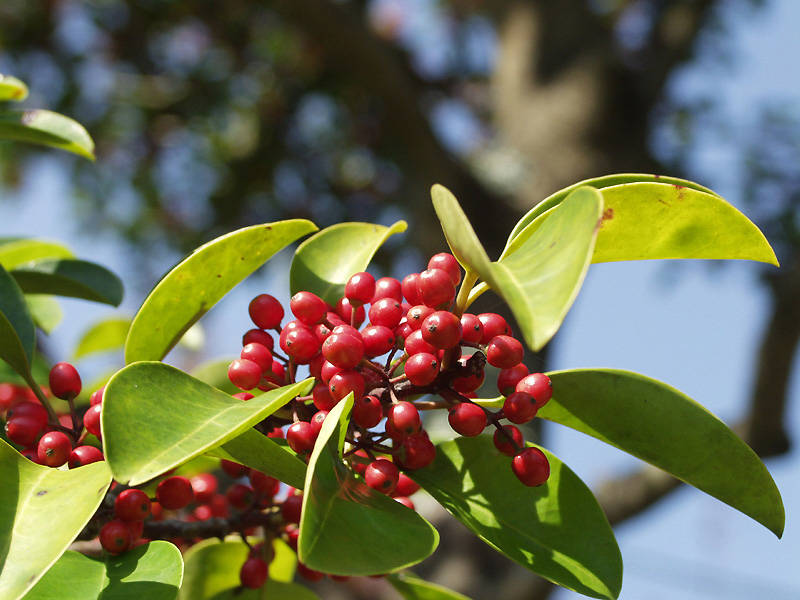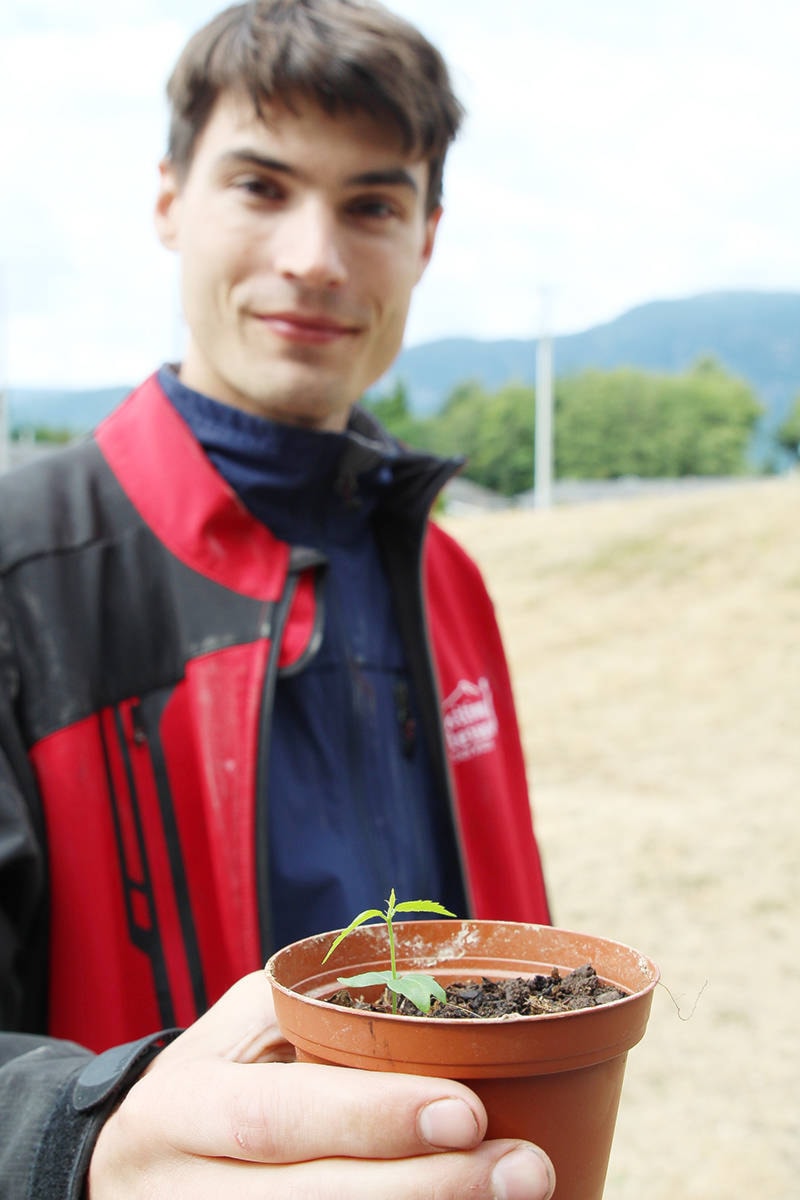On August 6, 1945, an American B-29 bomber dropped the world’s first atomic bomb over the Japanese city of Hiroshima, the explosion wiping out 90 percent of the city, killing 80,000 people.
Amazingly, some of the trees in the city survived, the seeds from those survivors beginning a journey around the world many years later to be planted to serve as reminders of the destructive power of weapons of mass destruction, and as reminders of the resilience of mankind and nature.
Two packets of those seeds made it to Kitimat, brought here by Rotarian Eleanor Kendell after attending the Rotary Presidential Conference on Environmental Sustainability and Peace held in Vancouver in February.
They’d been given to her and other Rotarians by a Japanese Rotary delegation, the Heiwa/Rotary Hiroshima Survivor Trees, a coalition of Rotary clubs in Japan and the U.S. that distributes survivor seeds and plants from Hiroshima cultivated in greenhouses in Hawaii and California to spread through Rotary clubs globally.
The Heiwa team addressed the delegates, speaking about the aftermath of the blast.
“We were listening to a second-generation daughter telling her mother’s story. It generated tragic, horrific images in my mind,” said Kendell.
“As children we heard how the atomic bomb destroyed so much of the city, the deaths, but I never heard the gingko tree’s story, how the yellow blossom’s bloomed, much to the amazement of those who survived. This tree was alive in that part of Hiroshima where everything around it was rubble, dead.”
She said she was delighted to be able to bring two packages of seeds as well as two gingko tree seeds.
“Their only request was that we take the seeds back to our communities and plant them,” said Kendell.
Currently seeds and saplings from the A-bombed trees are growing in more than 30 countries in a sustained, long-term initiative as part of a global campaign to create a nuclear-free and more ecological planet.
Trees that surivived the nuclear blast are referred to as Hibakujumoku trees, which translates to survivor tree or A-bombed tree in English.
These trees include a number of species, the Japanese spindle, Japanese persimmon and the Japanese aralia. The seeds given to Kendell were from the Kurogane Holly (Ilex rotunda).
Kendell handed the Kurogane seeds to Kitimat Leisure Services director Martin Gould, who entrusted them to Leisure Services’ gardening crew.
“The District will be planting the seeds in an appropriate location, likely Centennial Park, to allow for growth of the trees, if they sprout,” said Gould. “The seedlings will be planted by the District of Kitimat gardening staff once the weather allows for proper growing conditions.”
Green fingered gardening staff member Greg Mitchell took on the task of coaxing the seeds to life, and has already managed to get one of the seeds to sprout.
“Although this tree isn’t native to Kitimat, there is a reasonable possibility of it growing in the community,” added Gould.

